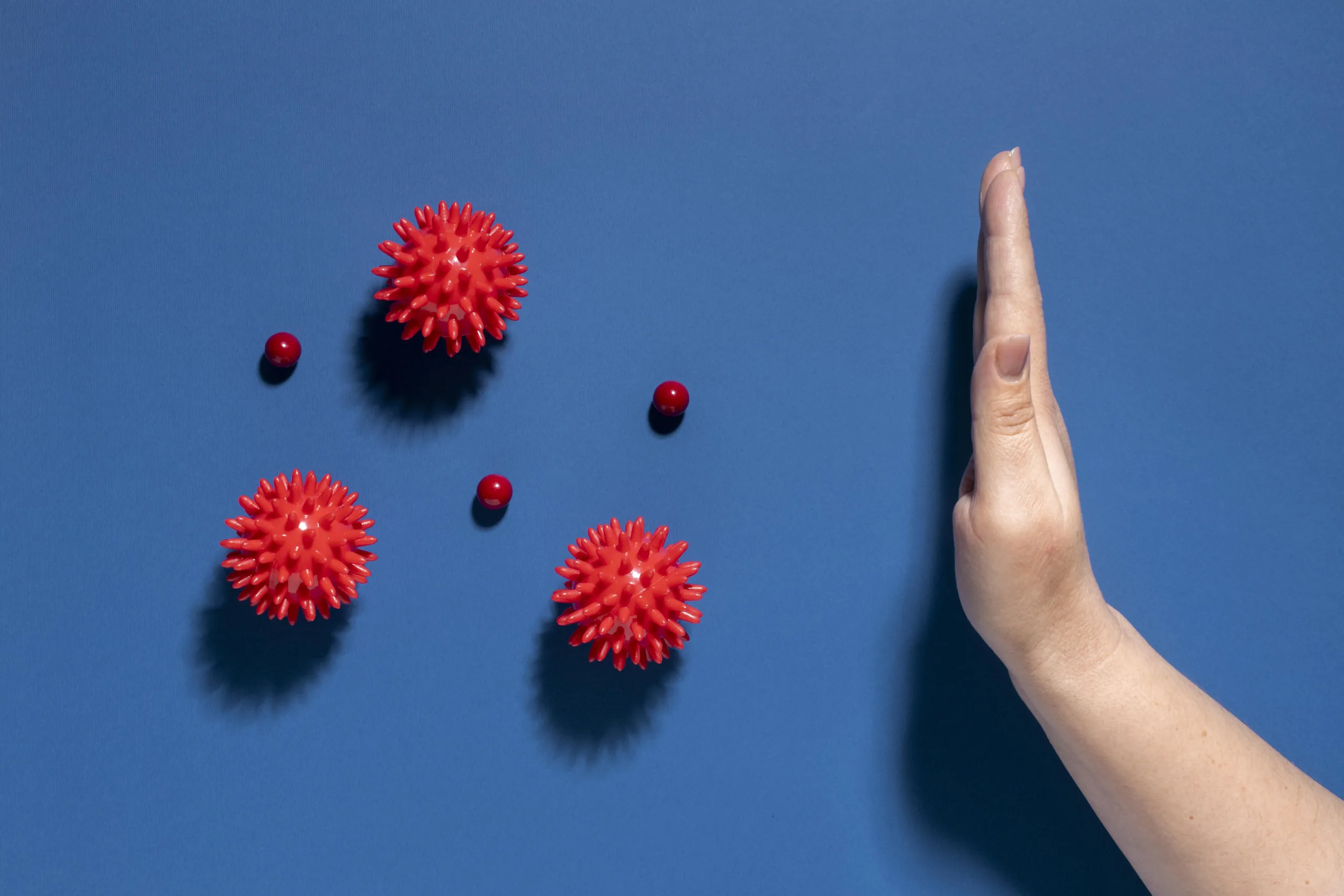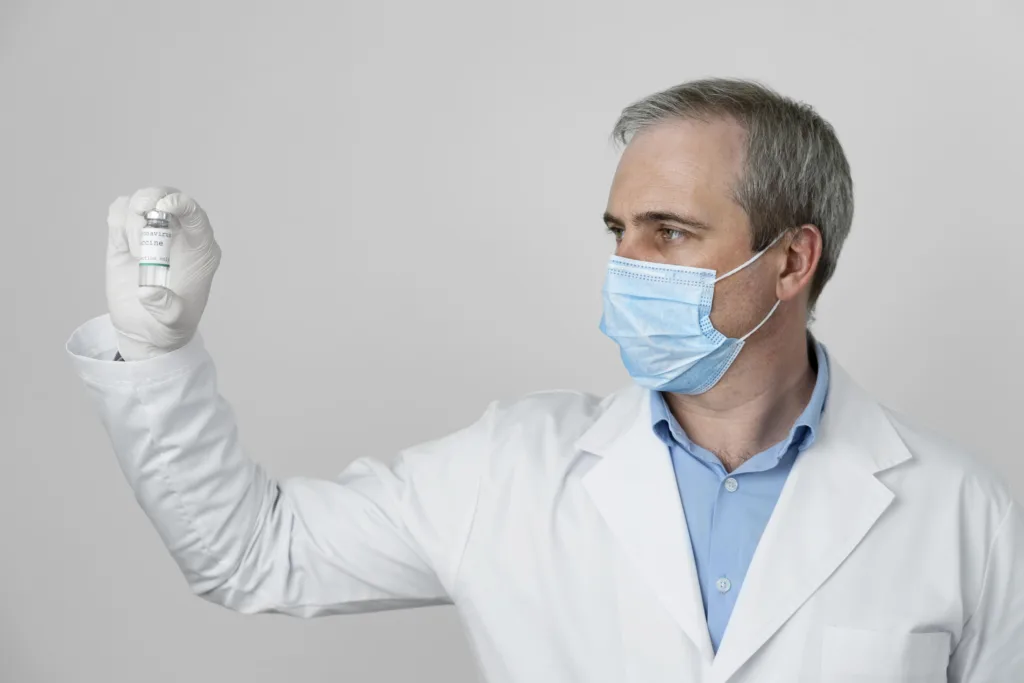Human Immune system
Human Immune system protect from or resistant to a disease or infection by a pathogenic organism as a result of the development of antibodies or cell – mediated immunity. Disease Resistance and Infection. The immune system of the individual consists of a complex network of cells, tissues and organs in order to protect his body against threats such as Bacteria, Viruses or Other Infections. It is therefore essential that general health be maintained by this complex defence mechanism.
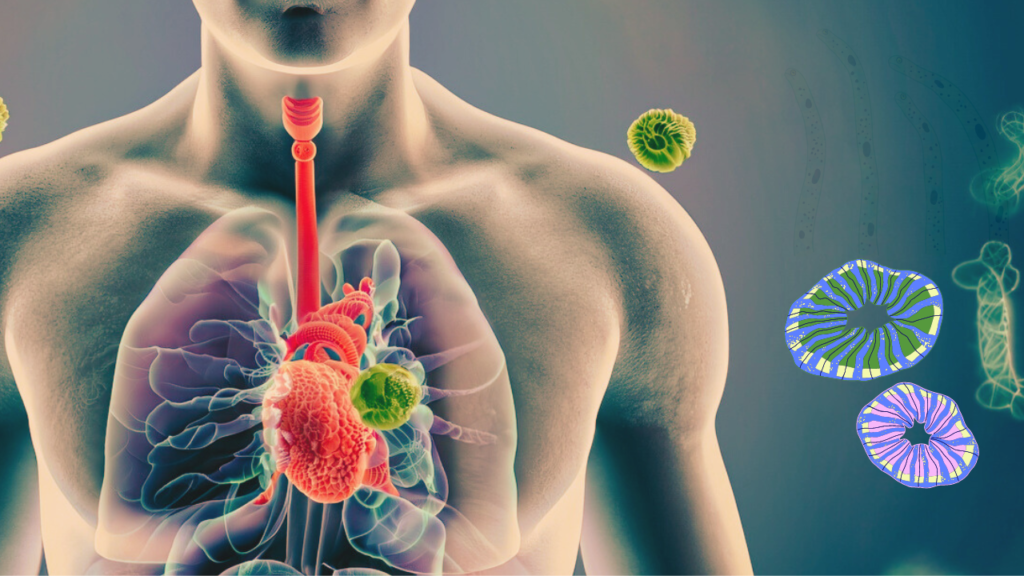
Table of Contents
Main Characters of the Human immune system-
White Blood Cells:
White blood cells are also called leukocytes. They circulate throughout the body in blood vessels as well as lymphatic channels that run parallel to the veins and arteries. White blood cells are continually scanning for pathogens. When they find a target, they begin to multiply and send signals out to other cell types to do the same.
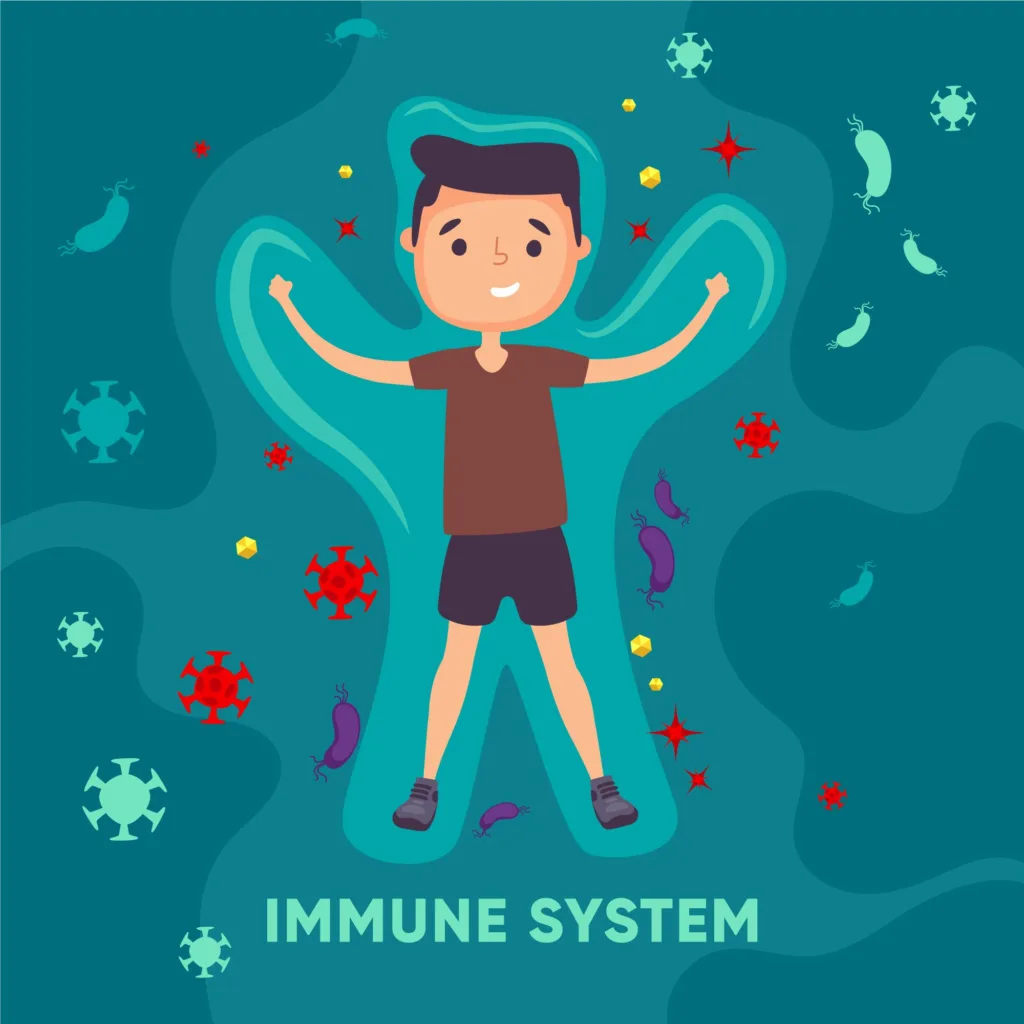
Types of White blood cells-
- Phagocytes
- Lymphocytes
Phagocytes:
These cells surround and absorb pathogens and break them down effectively eating them. There are several types such as-
- Monocytes
- Mast cells
- Neutrophils
- Macrophages
Monocytes: these are the largest type and have several roles.
Mast cells: aid in wound healing and pathogen defense.
Neutrophils: are the most prevalent form of phagocyte and are known for their ability to kill bacteria.
Macrophages: are immune cells that patrol for pathogens and eliminate dead and dying cells.
Lymphocytes:
Lymphocytes assist the body in remembering prior invaders and recognizing them if they return to assault. Lymphocytes are divided into two types of cells.
- B lymphocytes
- T lymphocytes
The primary responsibility of B-cells is to produce antibodies, which are powerful proteins that recognize and neutralize foreign substances in our bodies. They act like little detectives, constantly patrolling and searching for any intruders that could potentially harm us. B-cells develop in the bone marrow from hematopoietic stem cells. As part of their maturation in the bone marrow, B-cells are trained or educated so that they do not produce antibodies to healthy tissues. When mature, B-cells can be found in the bone marrow lymph nodes, spleen, some areas of the intestine and the bloodstream. T lymphocytes kill damaged cells in the body and alert other leukocytes.
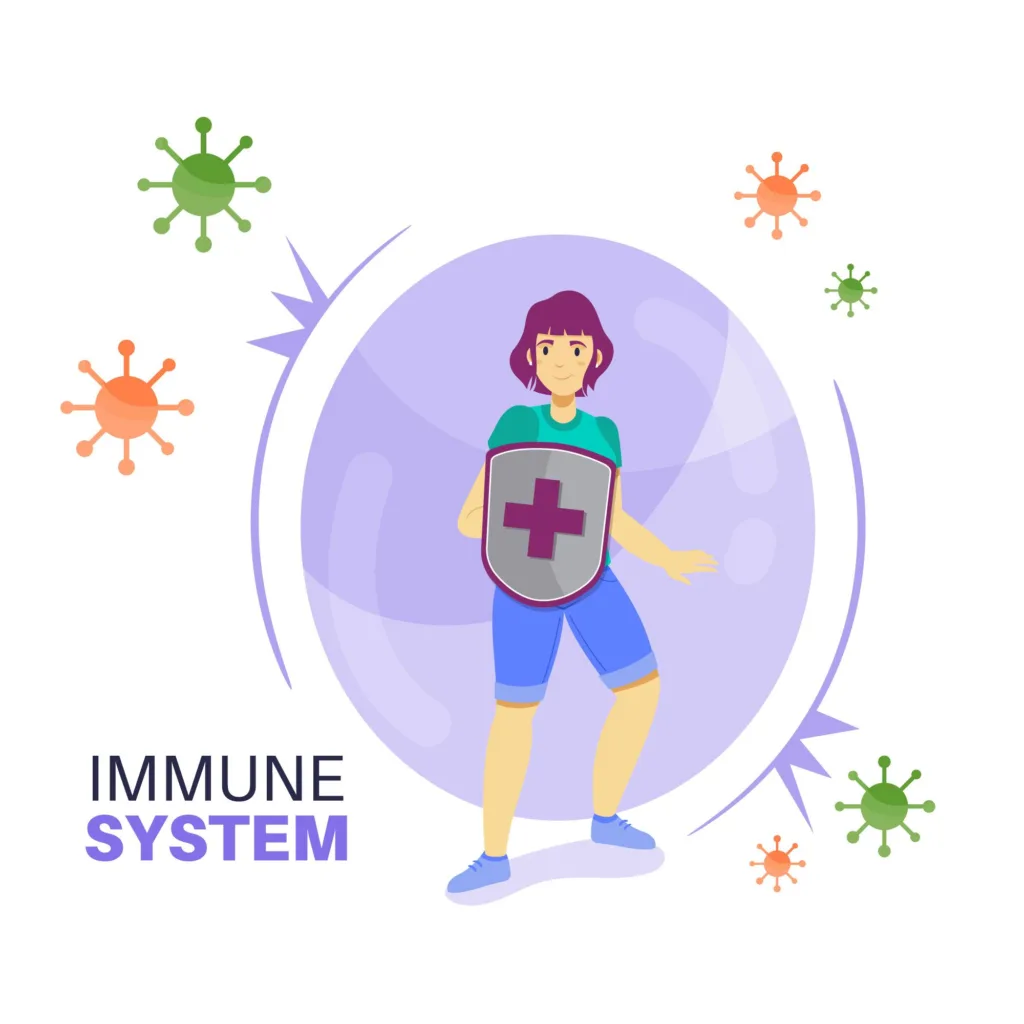
T-cells are fascinating cells that are born in the bone marrow but undergo an amazing transformation in a special place called the thymus. You can think of the thymus as a superhero training academy for our immune system, located right in our chest!. Immature lymphocytes mature into mature T-cells within the thymus (the “T” stands for the thymus), and T-cells with the potential to assault normal tissues are destroyed. The thymus is required for this process, and T-cells cannot grow in the absence of a thymus. Mature T-cells exit the thymus to populate other immune system organs such as the spleen, lymph nodes, bone marrow, and blood.
Our white blood cells are stored in different places in the body such as-
- Thymus
- Spleen
- Bone Marrow
- Lymph Nodes
Thymus: a gland between the lungs and just below the neck.
Spleen: an organ that filters the blood.
Bone Marrow: found in the center of the bones, it also produces red blood cells.
Lymph nodes: are tiny glands found throughout the body that are linked by lymphatic veins.
Human Immune system: Immunoglobulin (Antibody) – Antibodies are highly specialized protein molecules that, like a lock and key, fit foreign antigens. Their diversity is so great that they can be tailored to any microbe in our environment. Antigens are any substances that the immune system recognizes and so causes an immune response. Antigens can elicit an immune response in the body if they are considered as hazardous (for example, if they can cause disease). Antigens can be found in bacteria, viruses, other microbes, parasites, or cancer cells.
Image Credits: Image by Freepik Image by Freepik Image by Freepik

